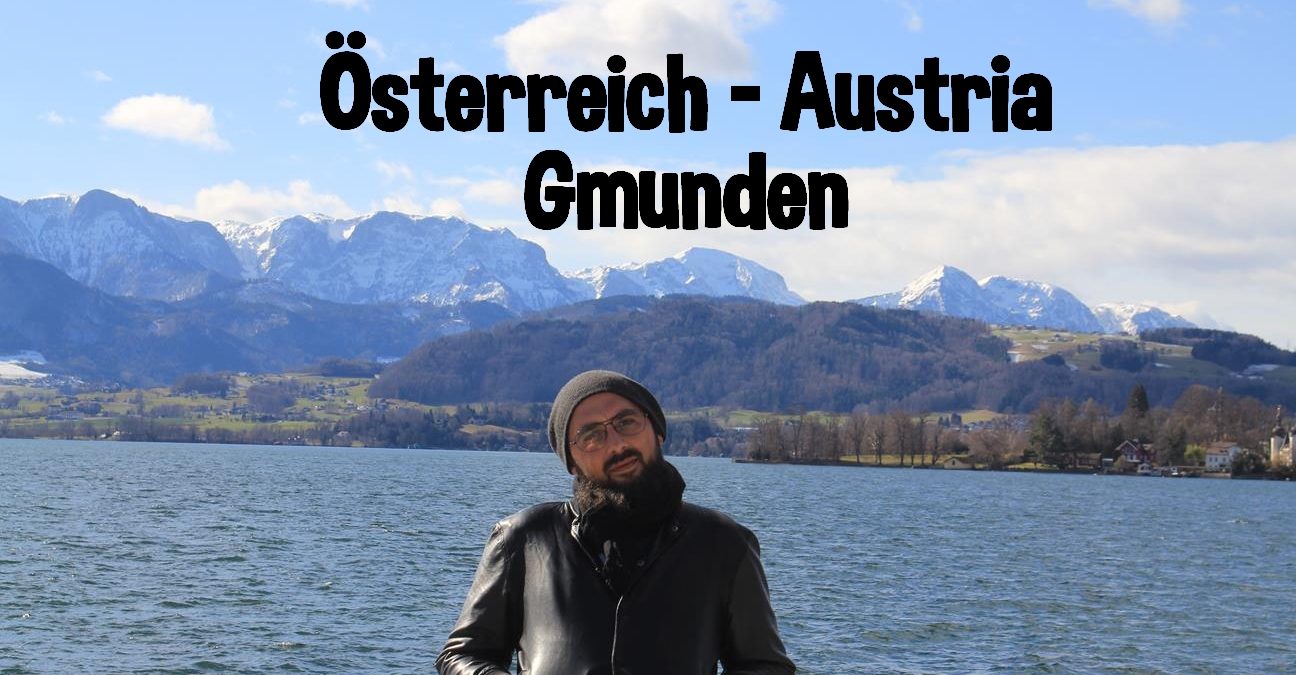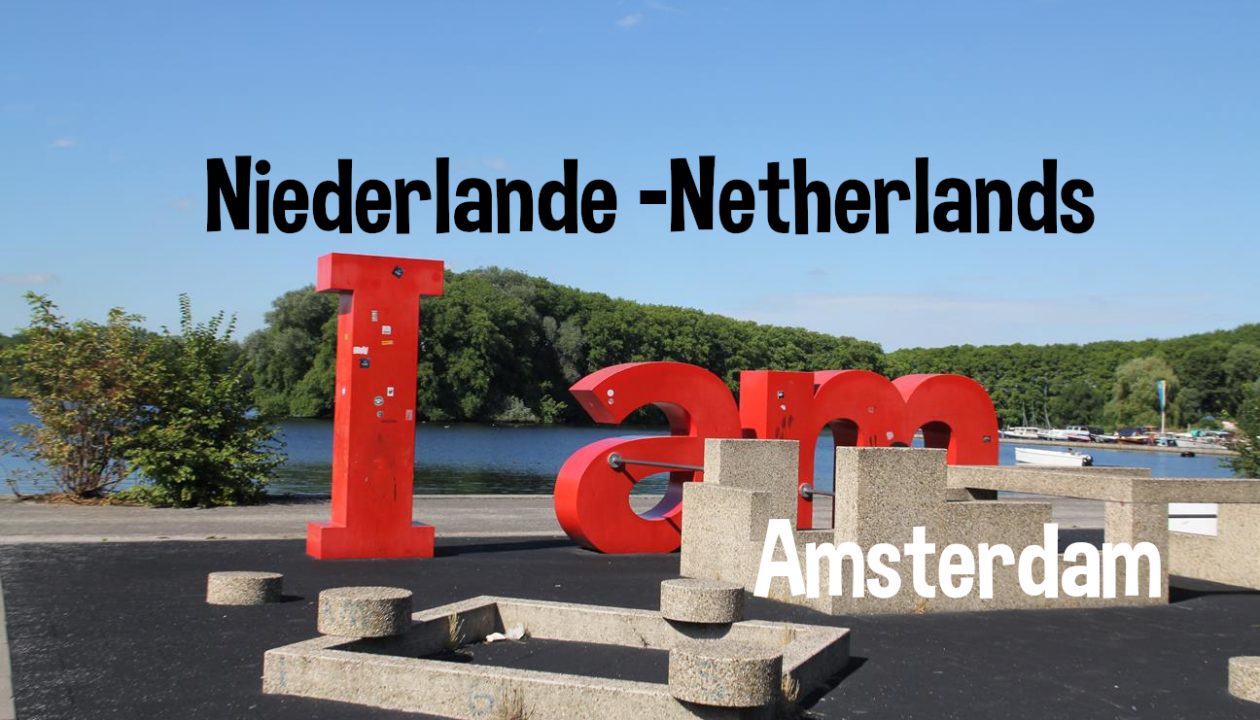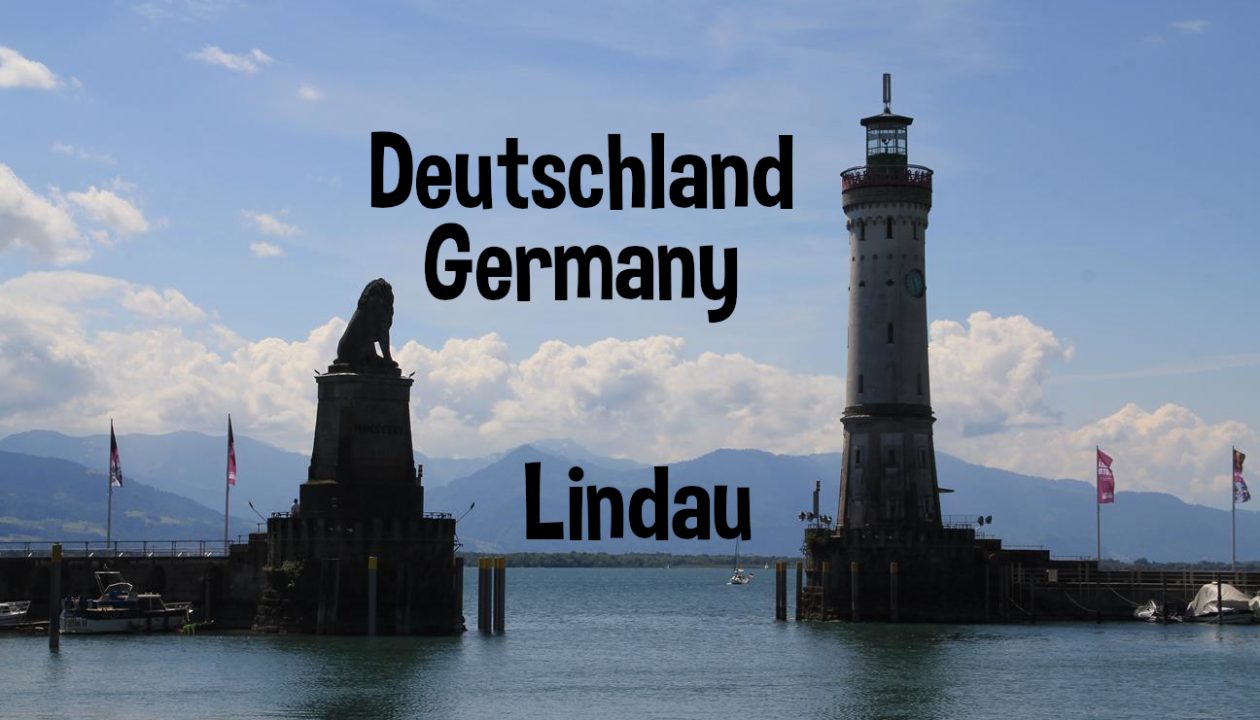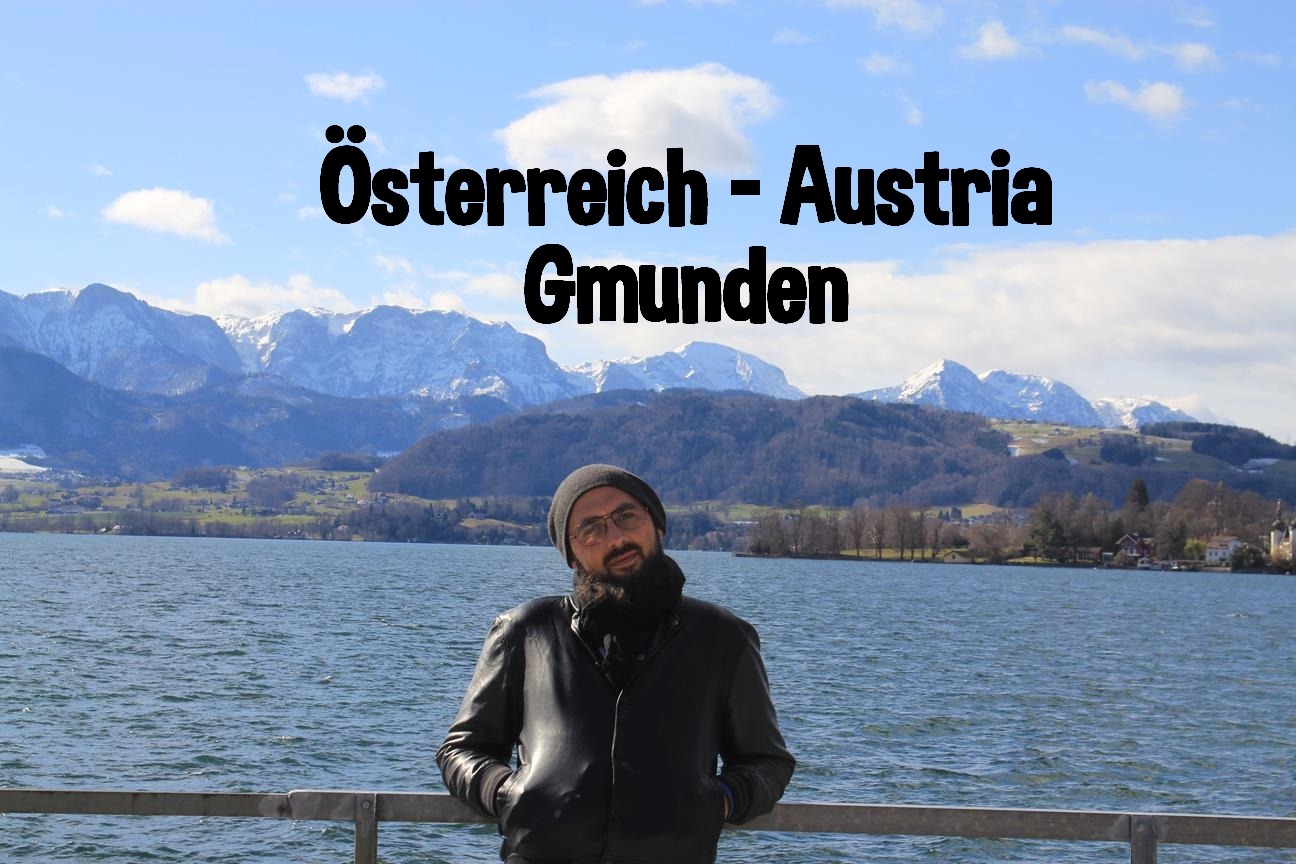
Österreich – Gmunden
28. April 2021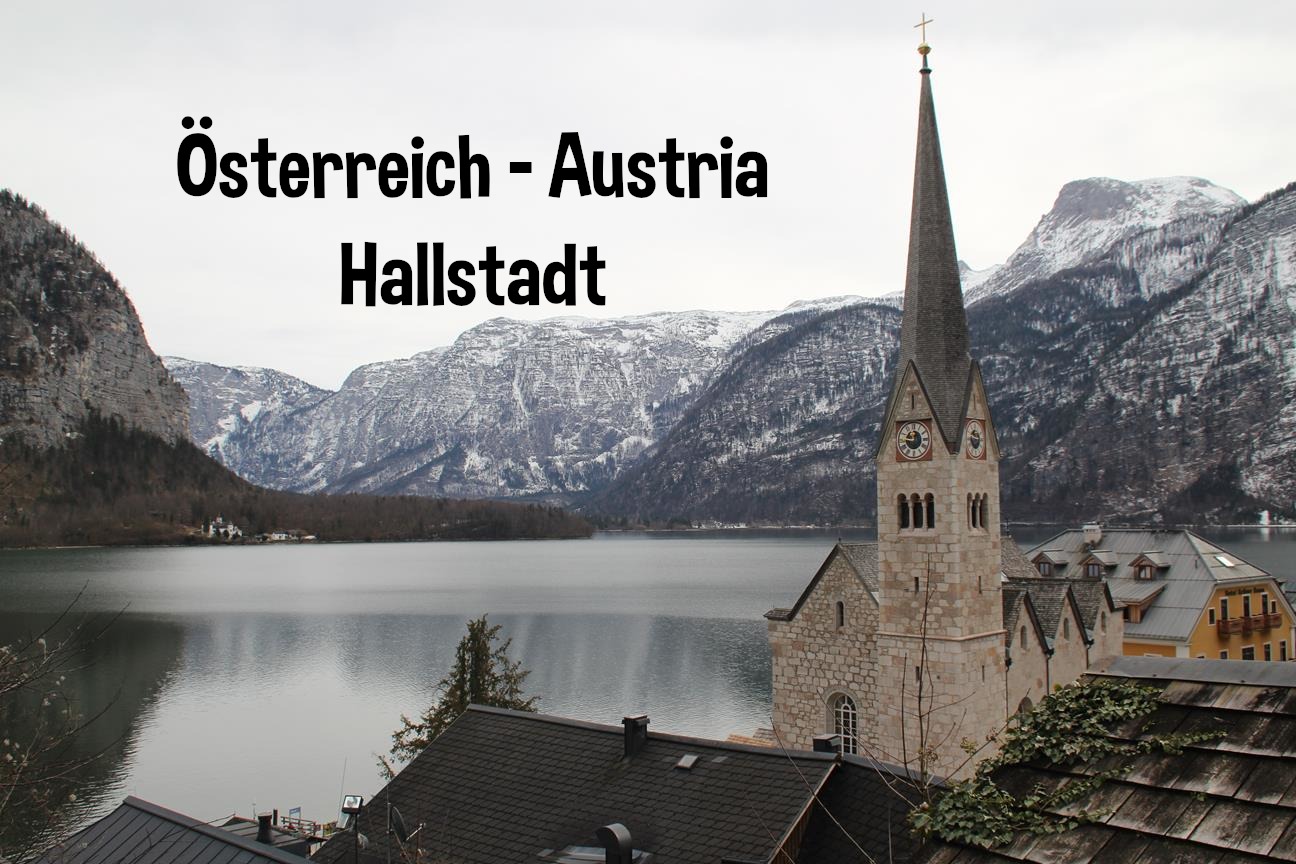
Austria – Hallstatt
1. May 2021Altmunster am Traunsee – Gmunden – Traunkirchen
Before the pandemic started, Tes and I were travelling Austria. We had found a house-sitting for an elderly couple in Altmunster am Traunsee and had a wonderful time in the Salzkammergut. We hit it off with the hosts straight away and took care of their house and plants while they were away. In the three weeks we visited St. Wolfgang, Hallstatt, Linz, Gmunden and Traunkirchen. However, I only took few pictures in Altmunster, so the first post is about Gmunden. But first, four snapshots from Altmunster:
The Traunsee in Altmunster:
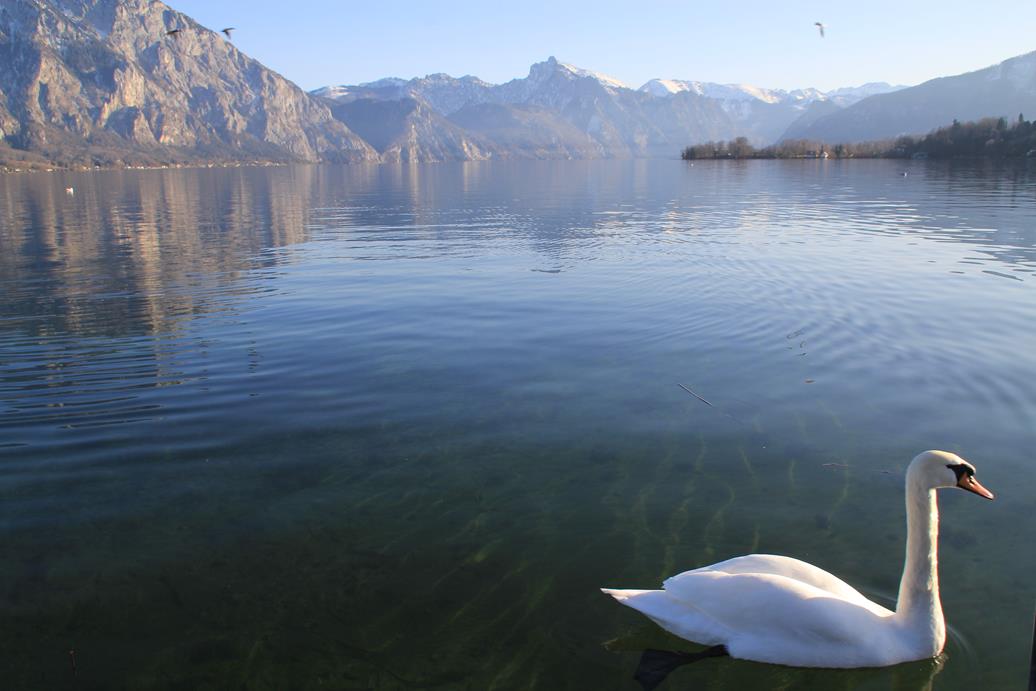
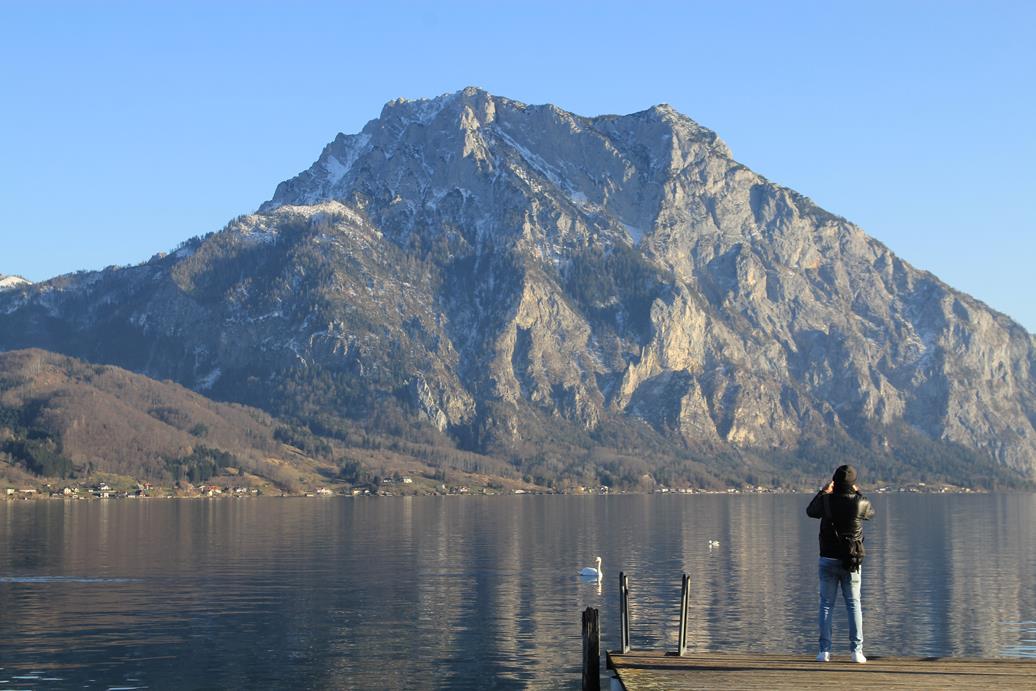
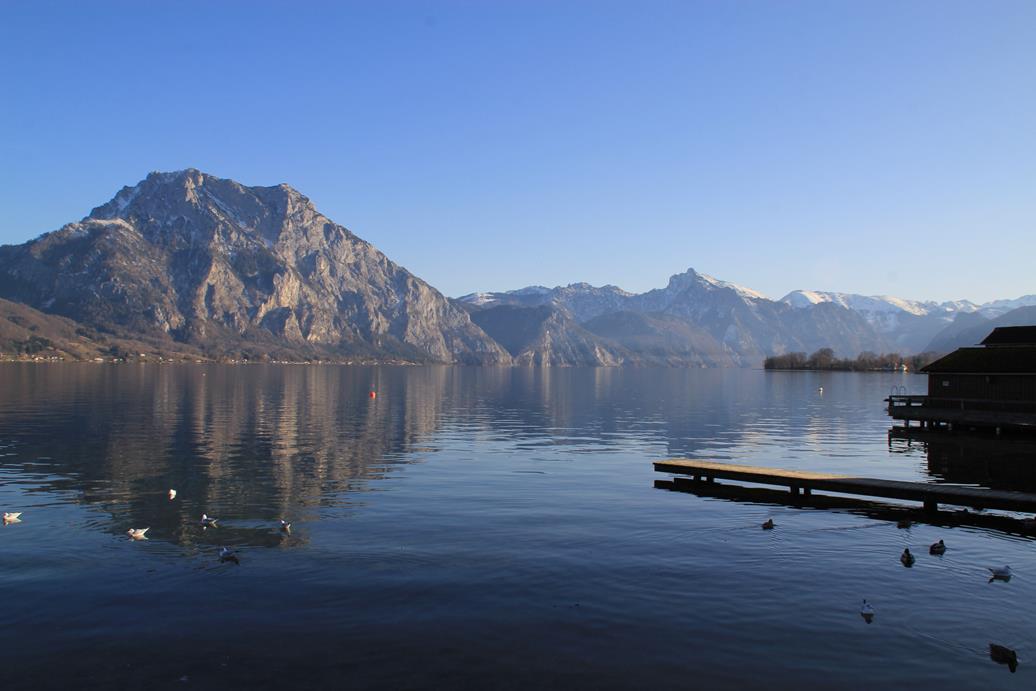
A cat that came to me for strokes
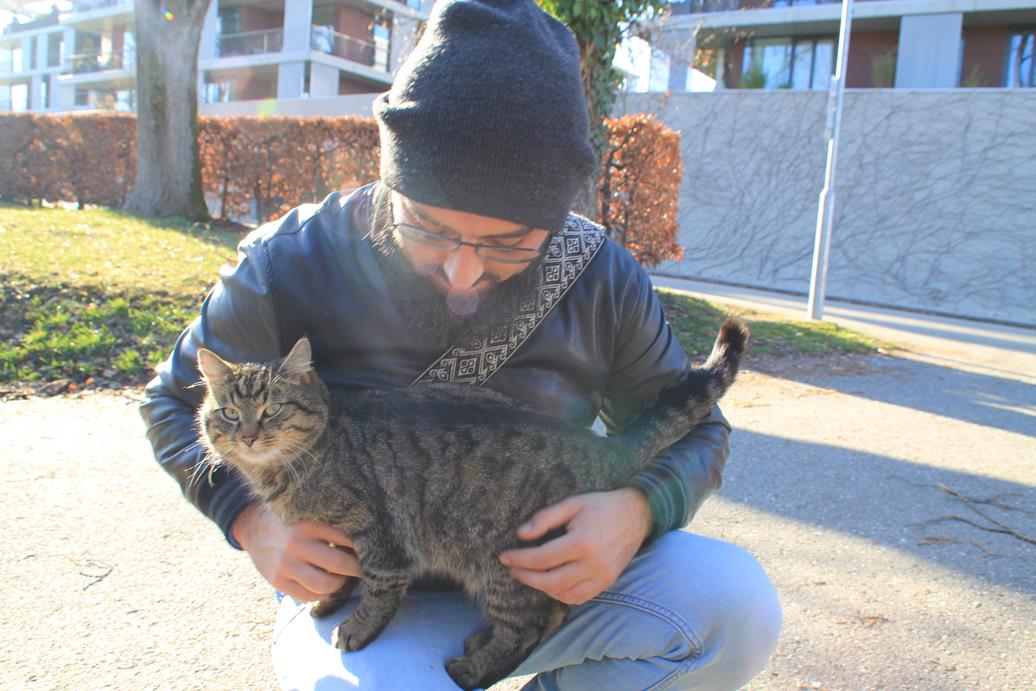
Gmunden
Gmunden is located on the northern shore of the Traunsee and has about 14,000 inhabitants. The town is known for its ceramics, which have been handmade since 1492. Each piece is unique and accordingly priced in the upper segment. We went to the factory outlet, but I only took a picture of the outside.
My partner Tes and I spent our day with a long walk along the lake shore and taking pictures. We also trawled through a jumble sale, had a chat with a café owner and explored the courtyard of the castle Ort.
Me in front of the great panorama with castle Ort in the background.
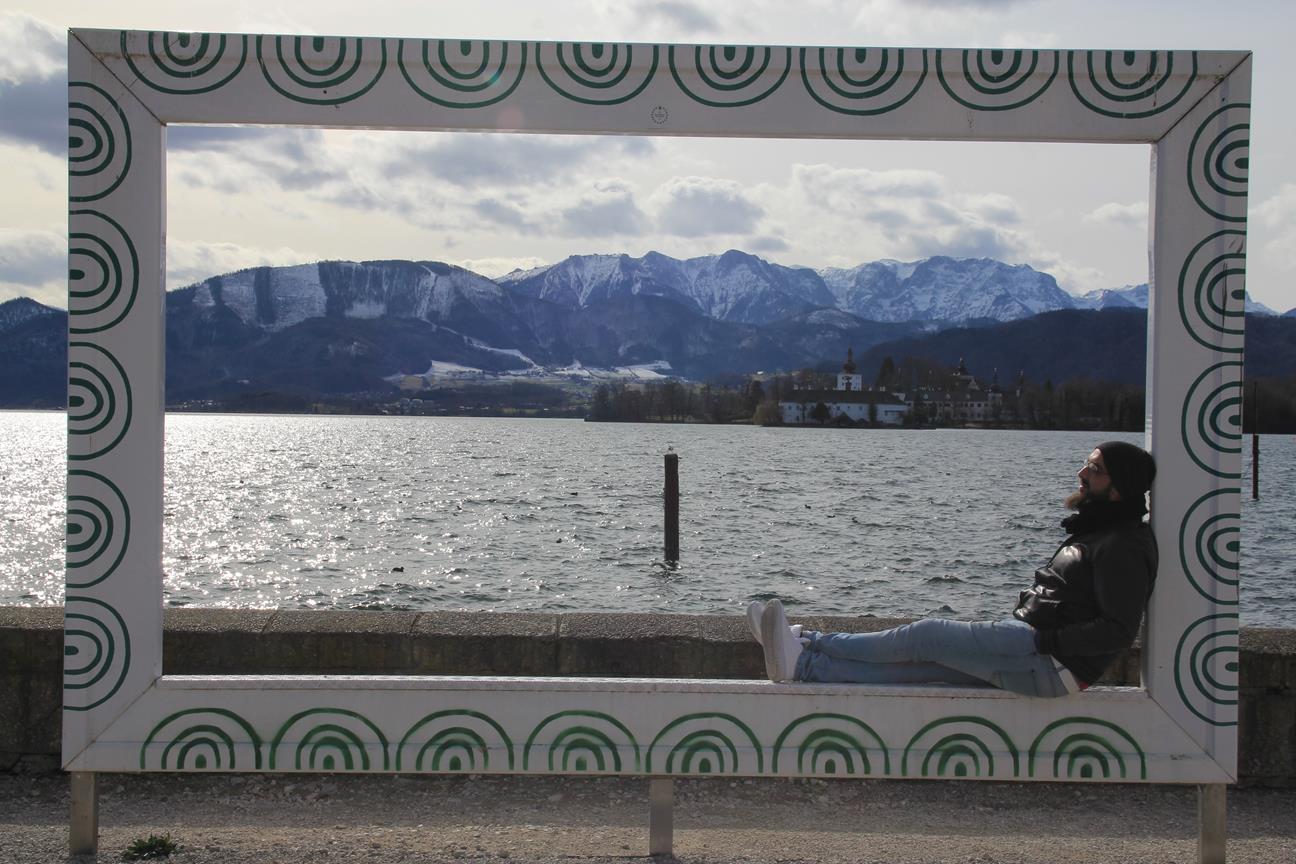
AEIOU
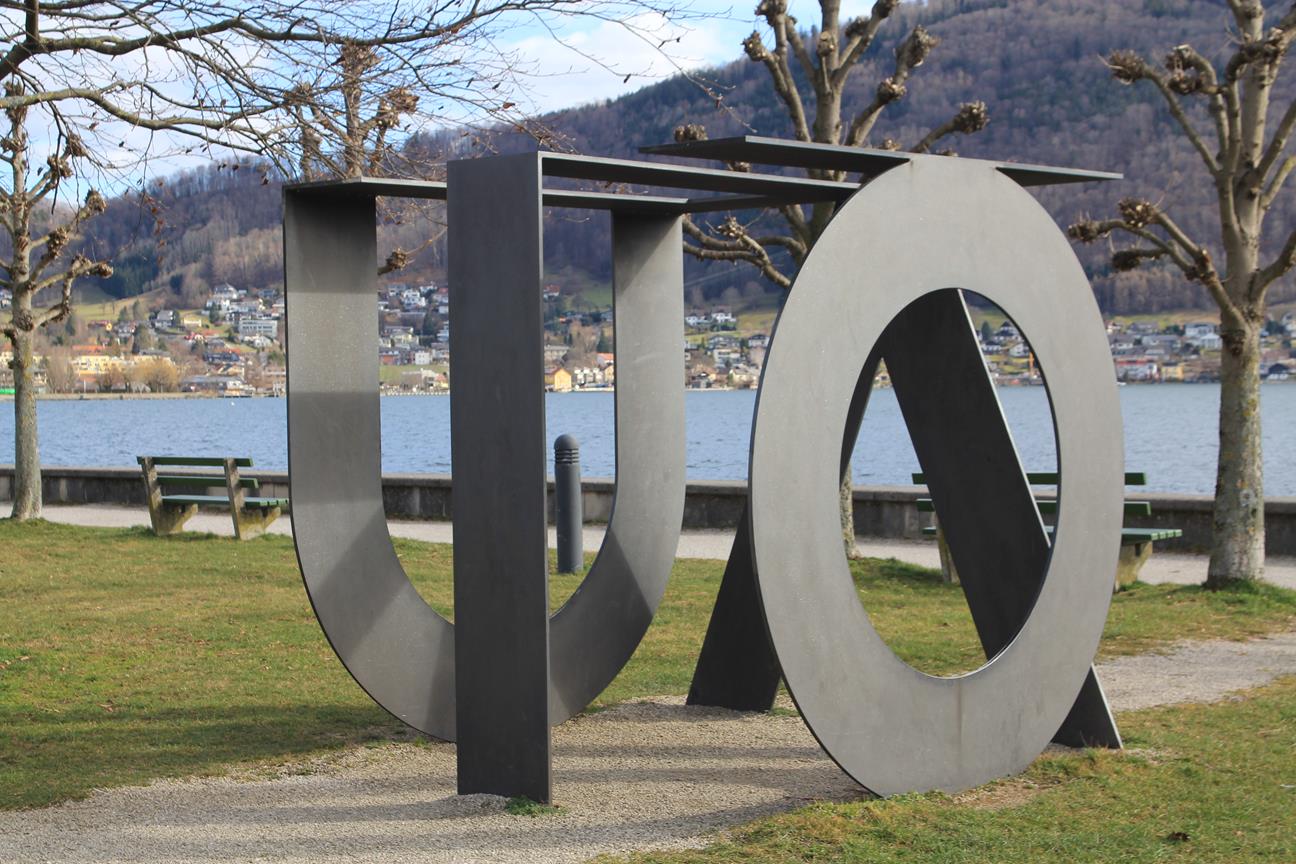
Gmundner Keramik
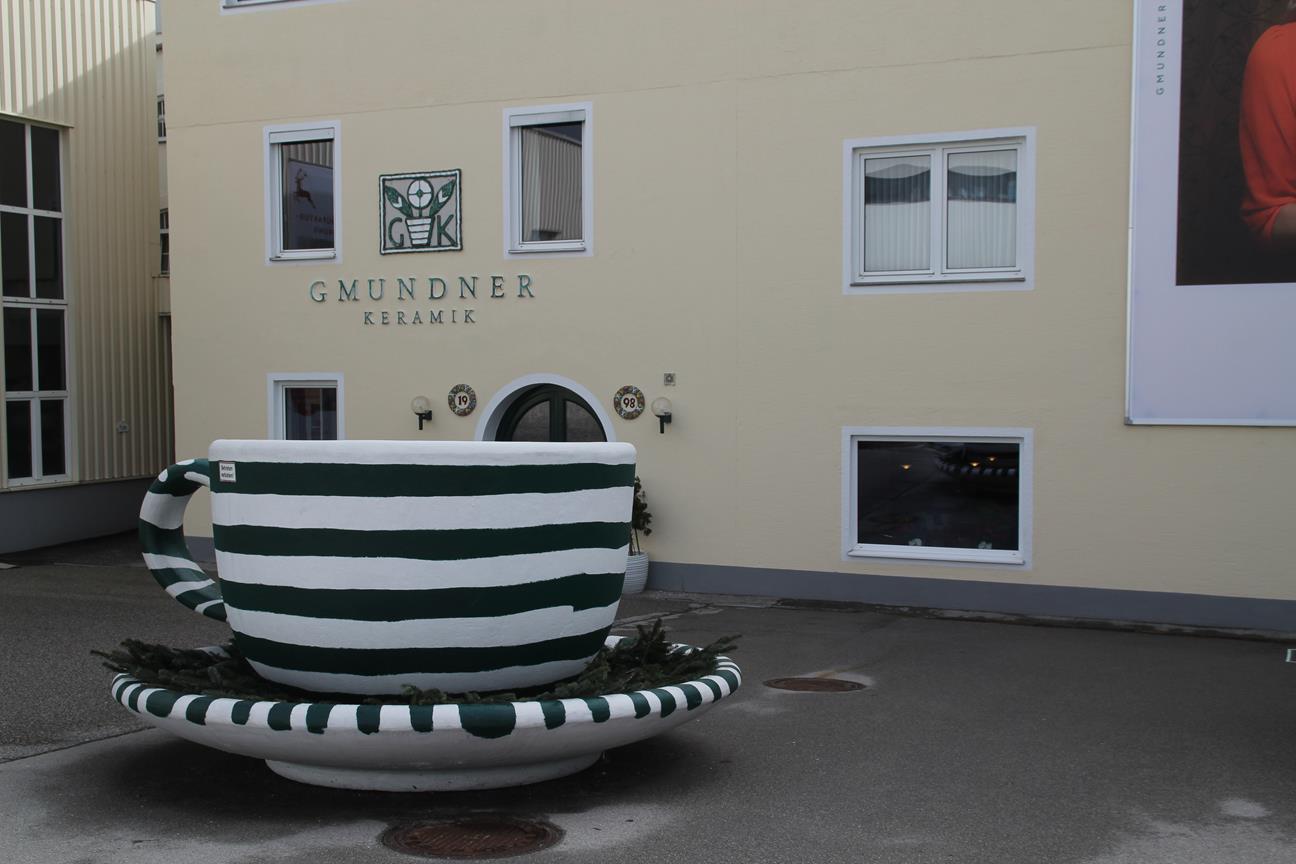
Team Christkind – official logistics partner of the Christkind, formaly known as Baby Jesus – very sweet action!

I

Tes
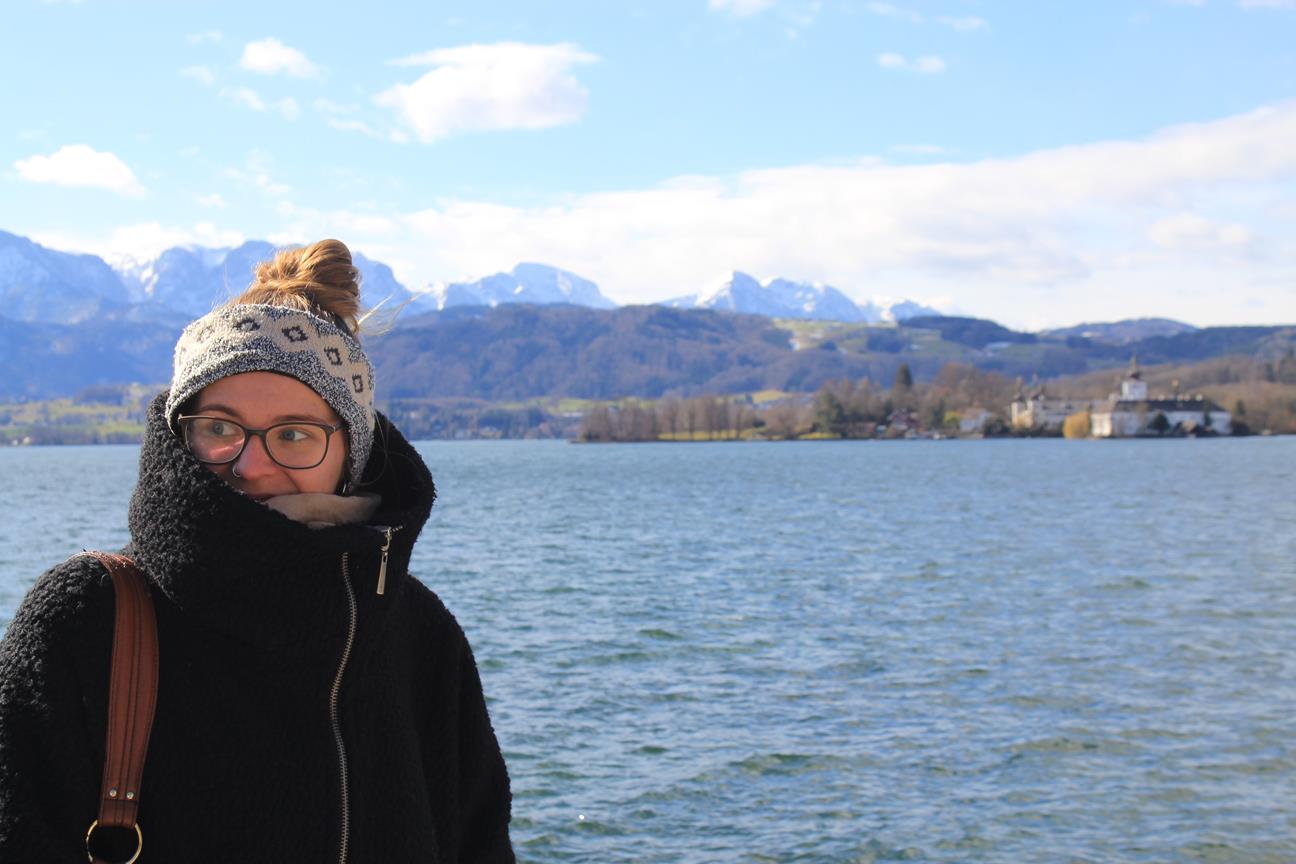
On the north shore of the Traunsee
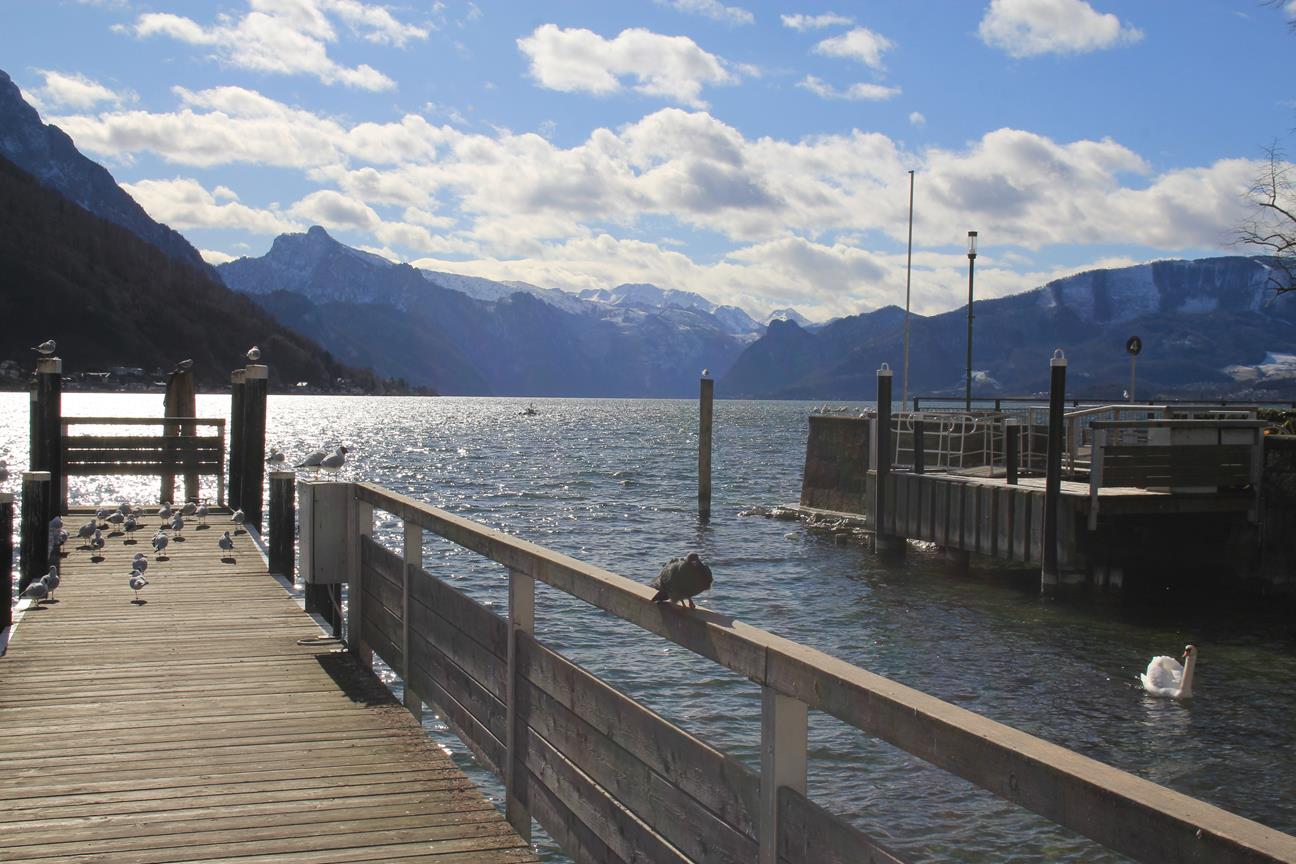
In an alleyway in front of a shop
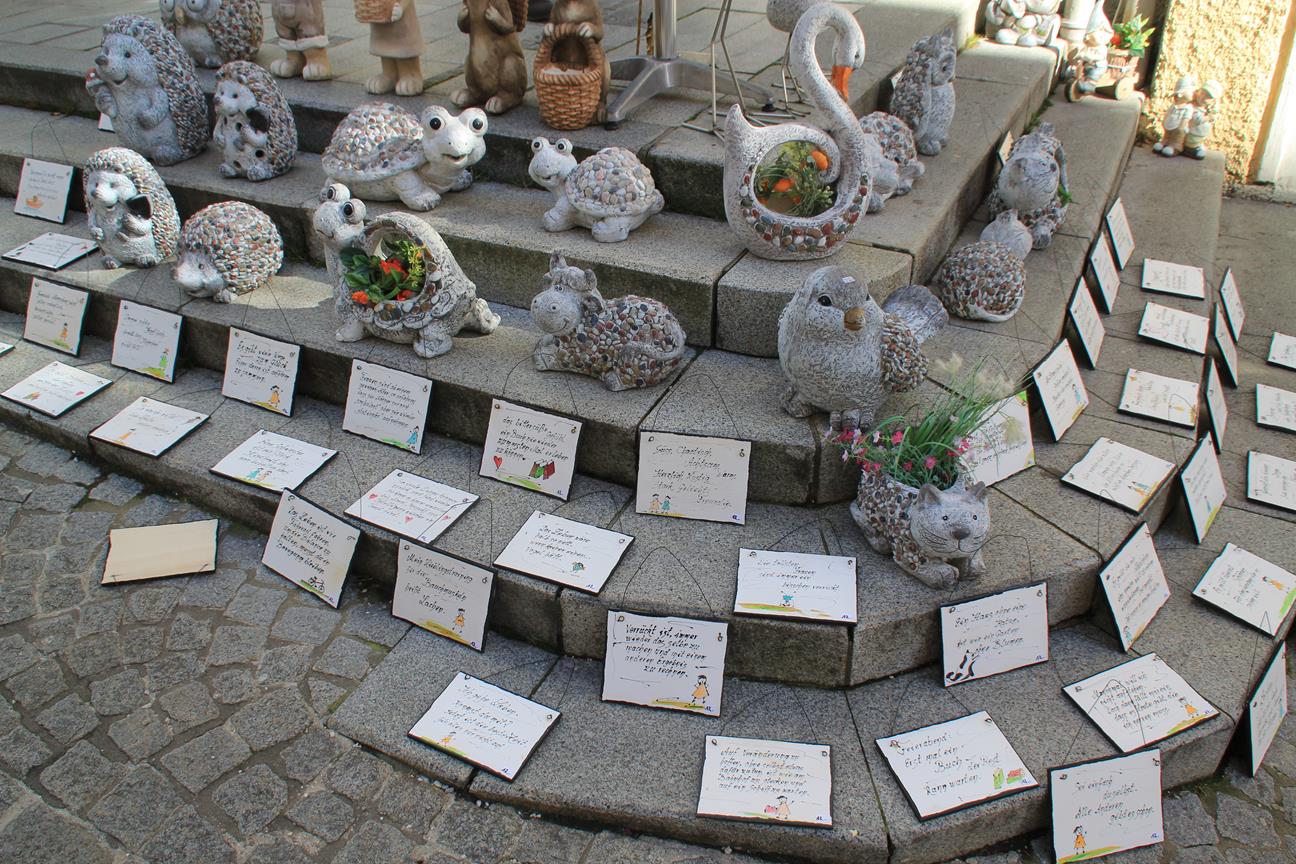
The language barrier between Germany and Austria
I consider the Austrians to be a people of connoisseurs, and this is particularly noticeable in the food (organic, local – very tasty) and especially in the coffee. Knowing the difference between Kapuziner, Melange, Einspänner, Brauner and Verlängertem without any instruction was a mystery to us; as the Austrian coffee culture is a lot more established than in Germany and the wording is different. Besides, a mocha is more or less an espresso, only different beans are used and it can also be called kleiner Schwarzen (little black). Without really knowing the terms, the café waitress and I stared at each other really stupidly, I just wanted a black coffee with milk.
In addition, we learned terms like Obers – which in the end is equivalent to cream (Sahne in German). So the Schlagobers is the whipped cream (Schlagsahne). We also found out that Kren means Meerretich (horseraddish) and Germ means Hefe (yeast). So Germknödel are just yeast dumplings.
By the way, I deliberately don’t clarify the coffee differences here. Enjoy your first visit to an Austrian café! 😀
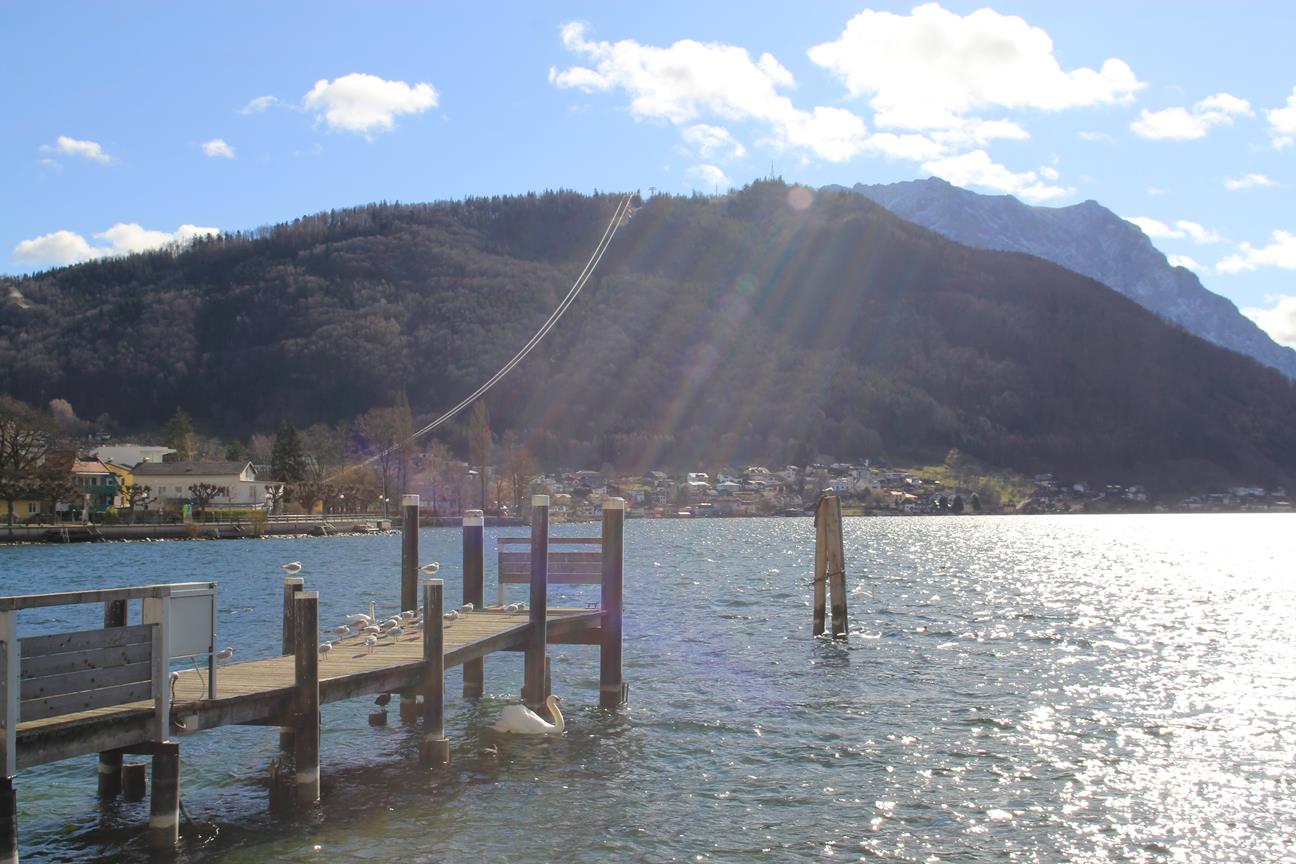
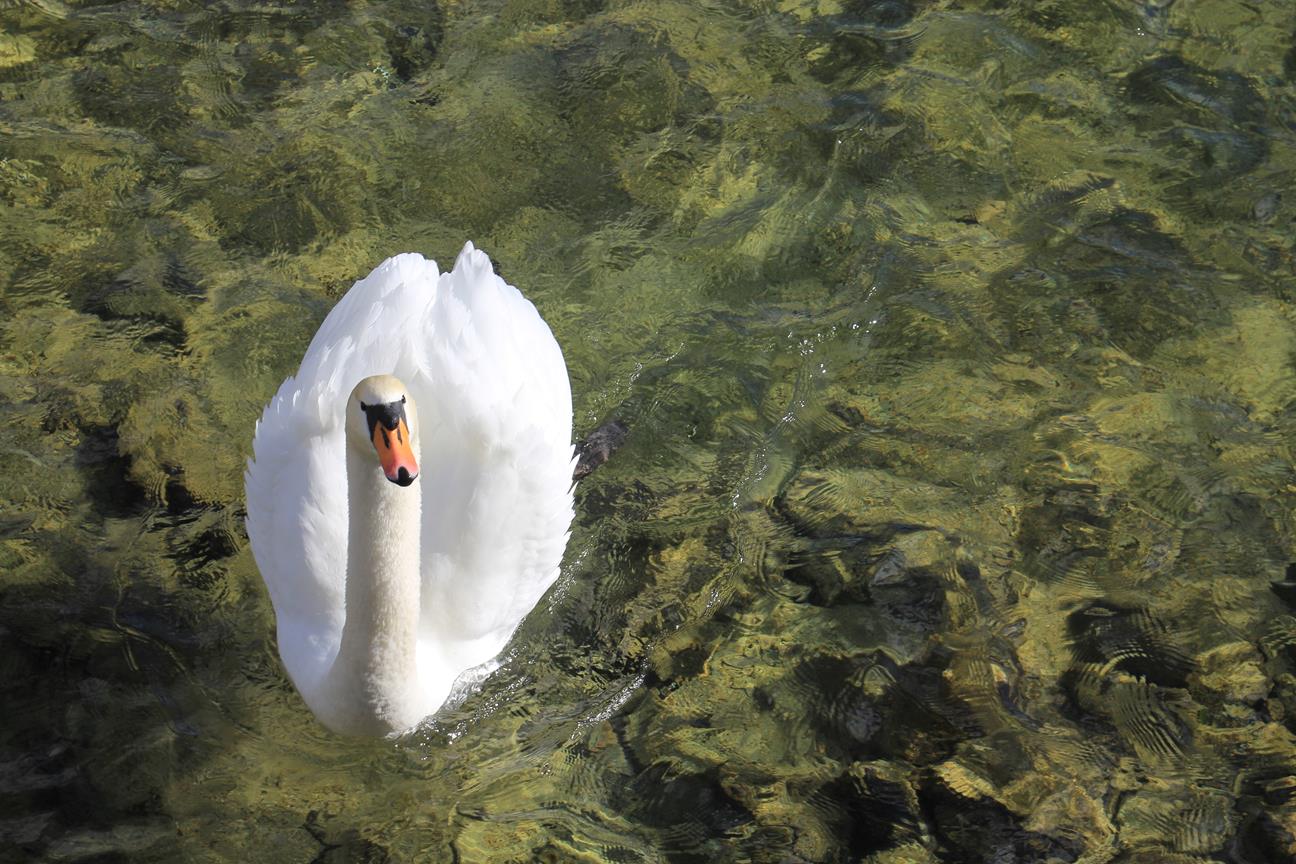
Life is beautiful, you only have to see it from the right perspective – I also see it that way
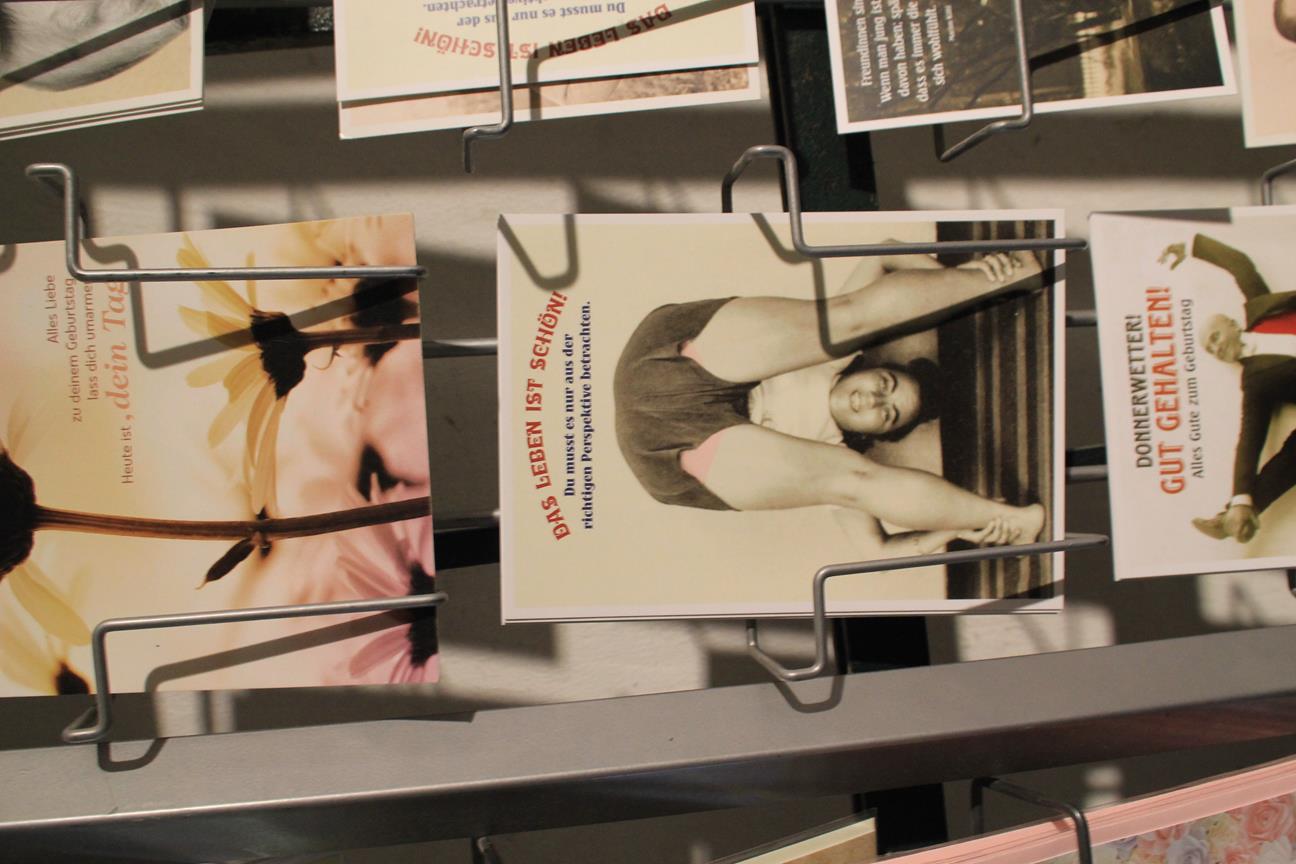
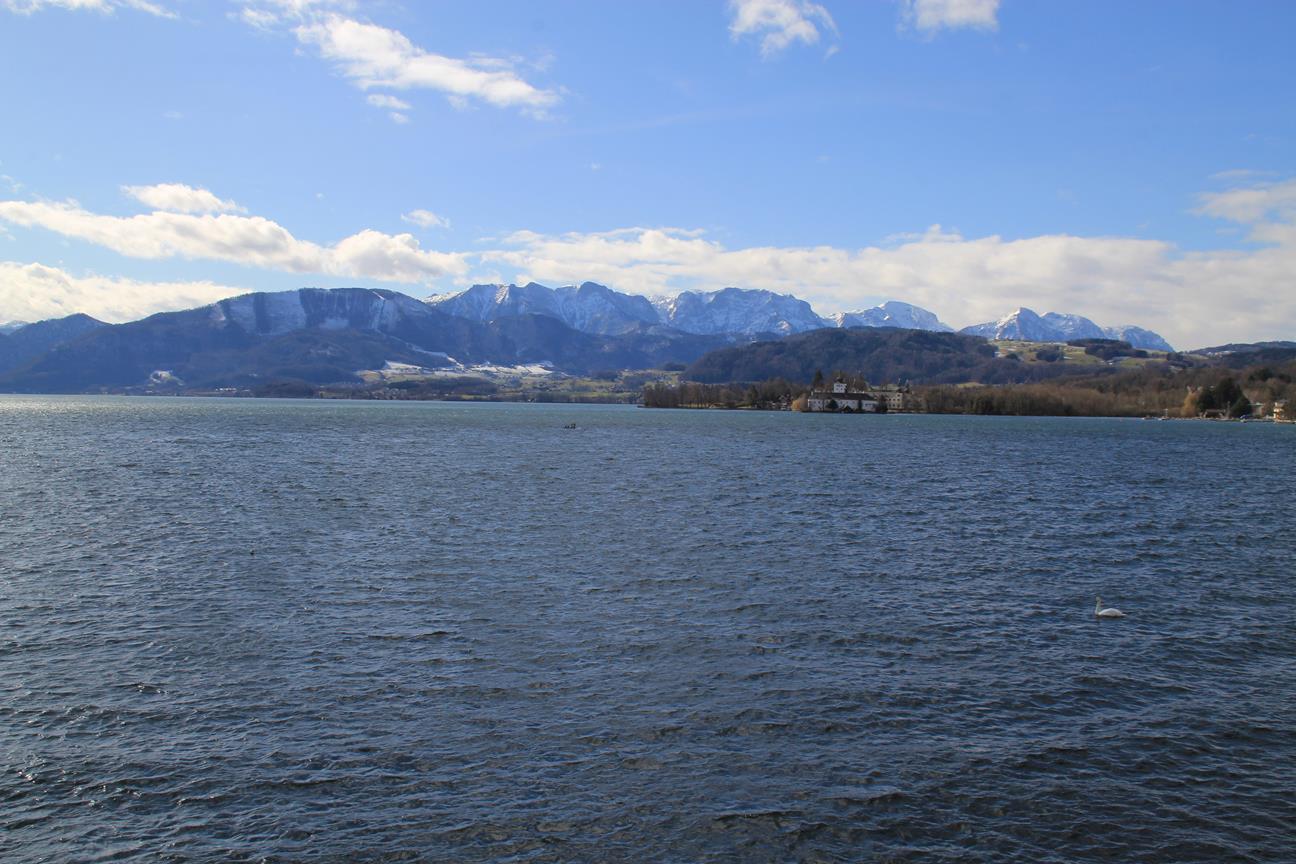
A snapshot of the display window of the “Klo & So” toilet museum

Castle Ort
The most famous sight in Gmunden is Castle Ort. It was the setting for the TV series “Schlosshotel Orth” and was built in the 10th century. The castle has a lakeside and a country part, i.e. on a small island or directly on a small “headland” together with the adjacent Toscana Park. The castle is occasionally affected by floods, which are illustrated by a diagram in the courtyard.
Castle Ort
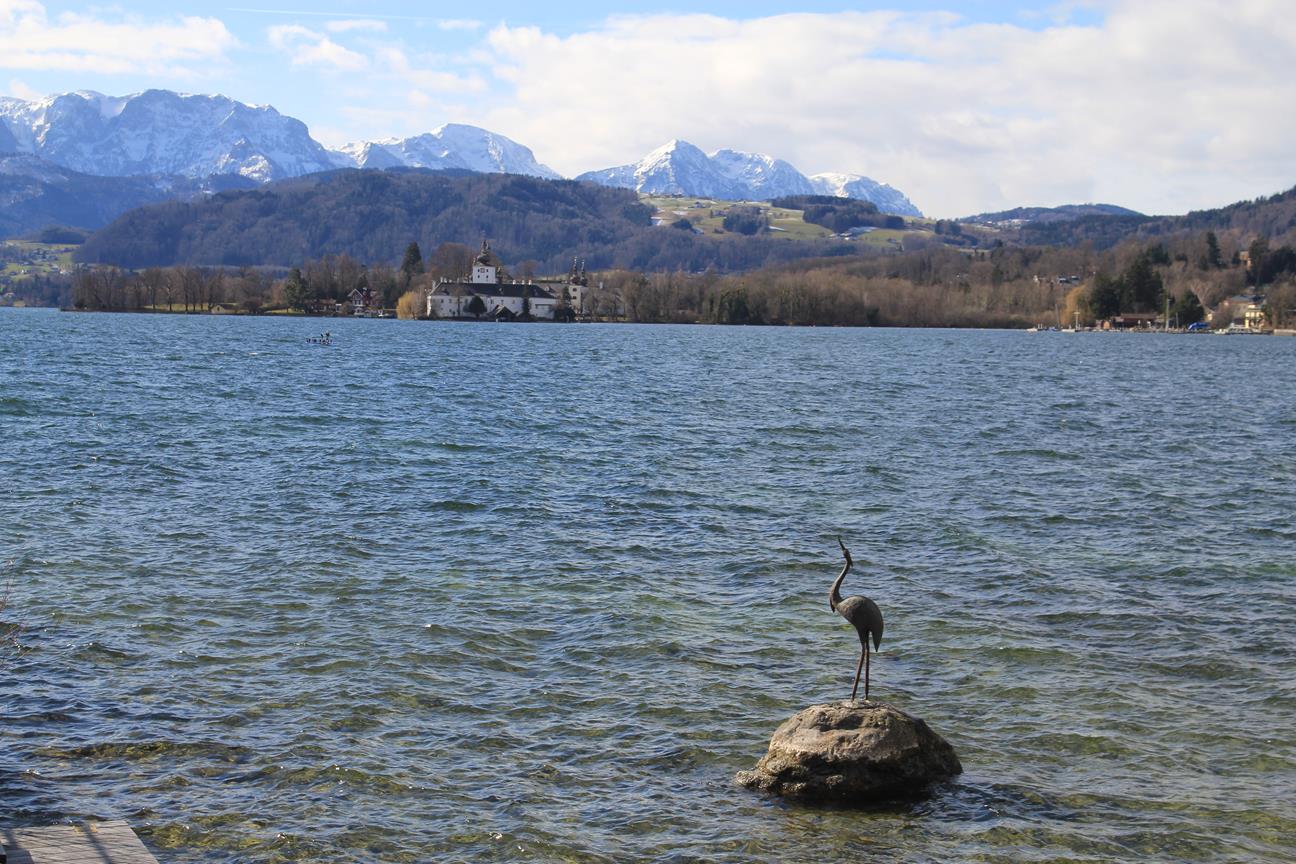
Picturesque panorama
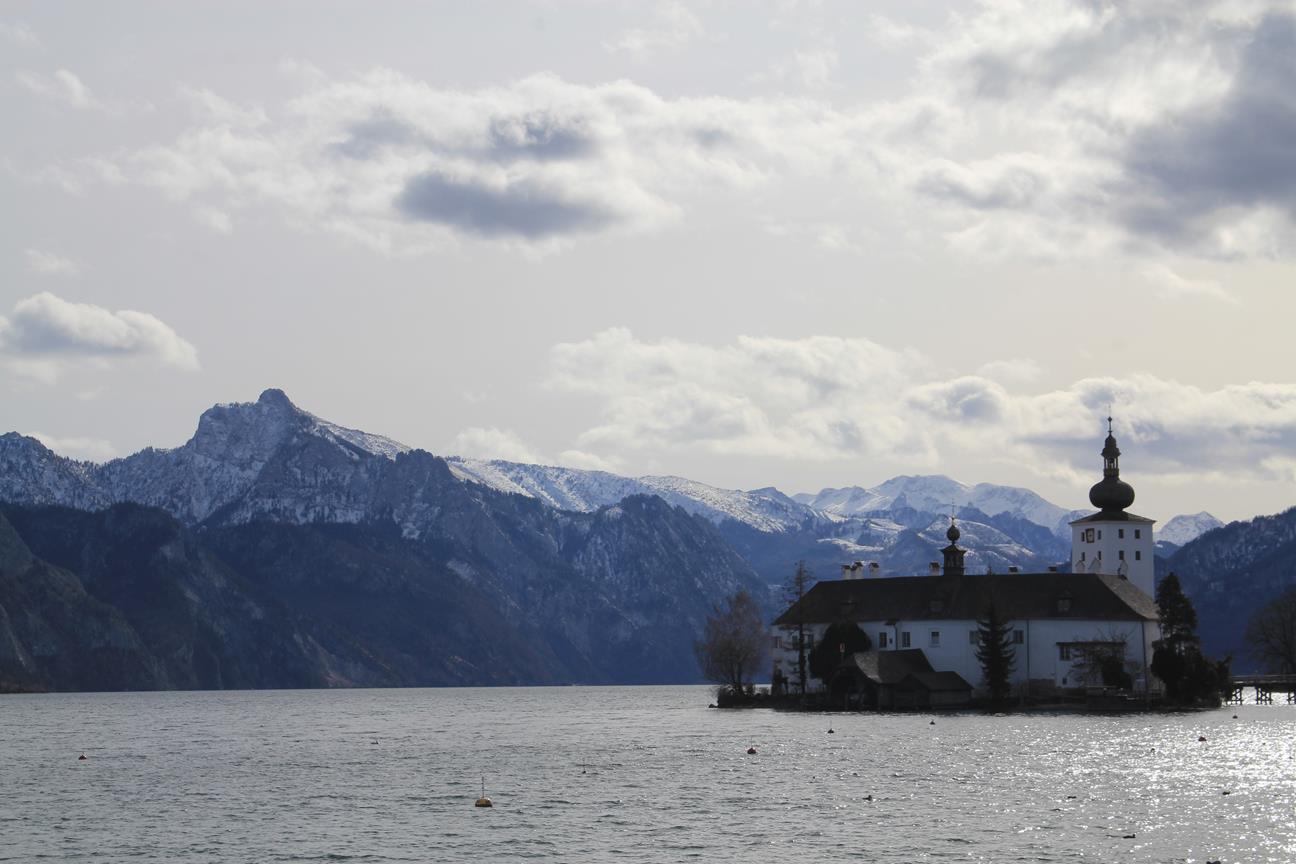
Access to the castle
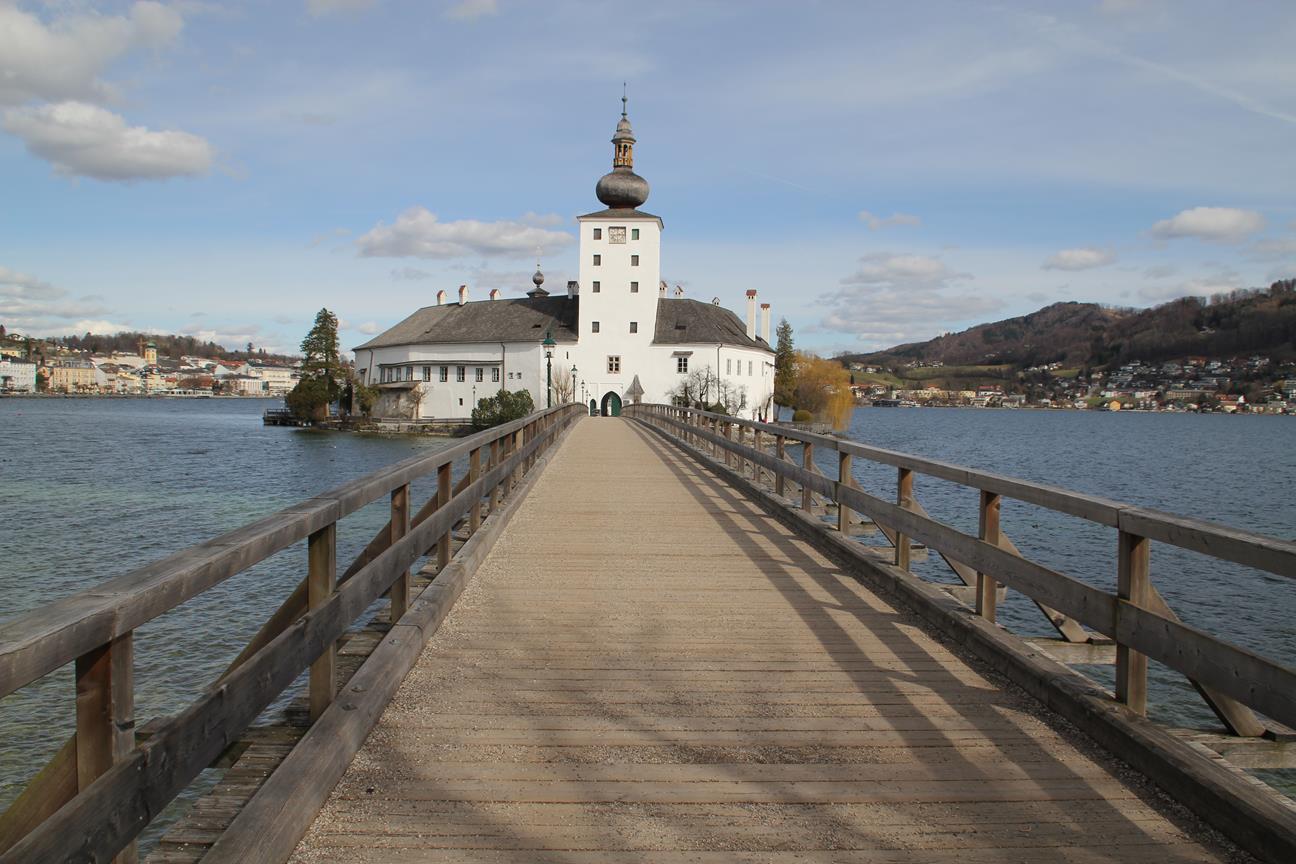
In the castle
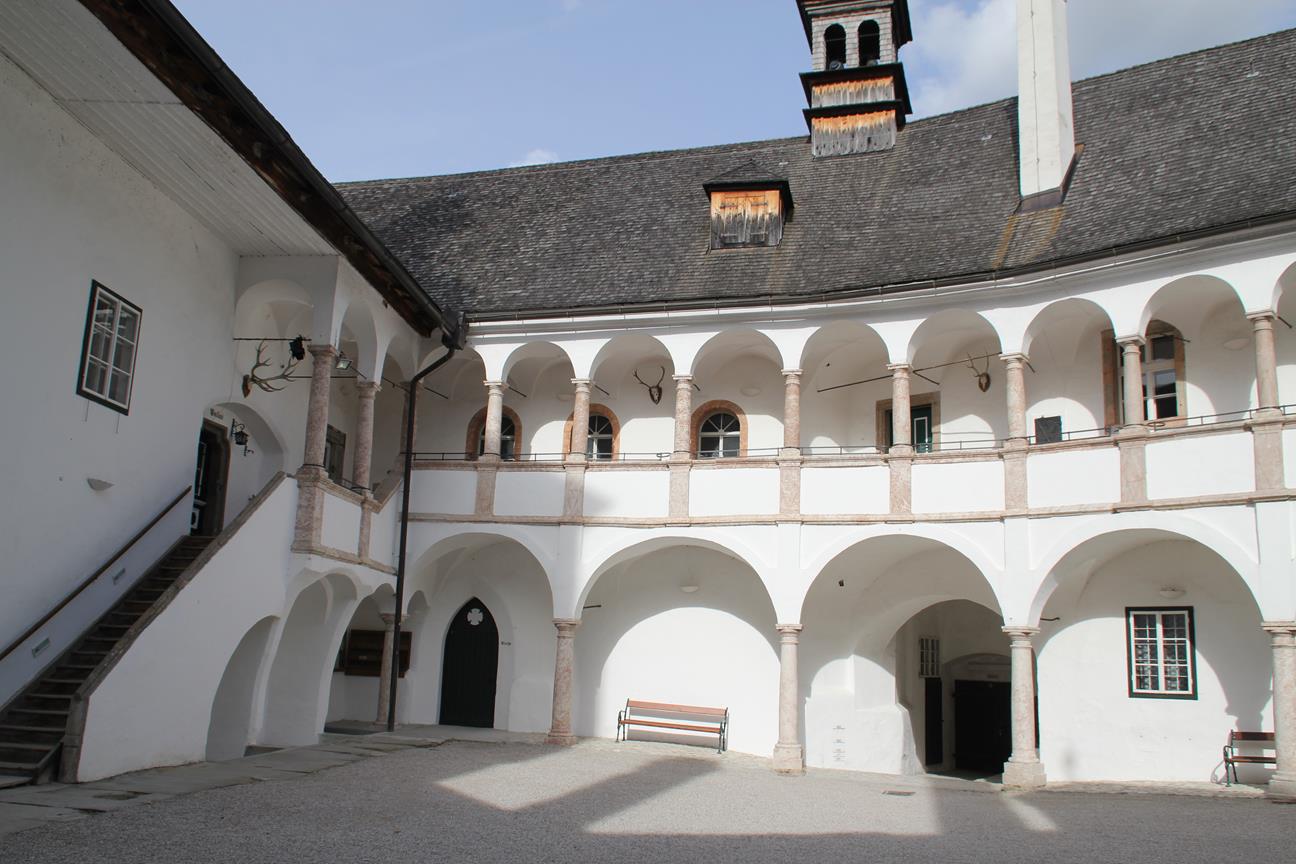
Flood marks
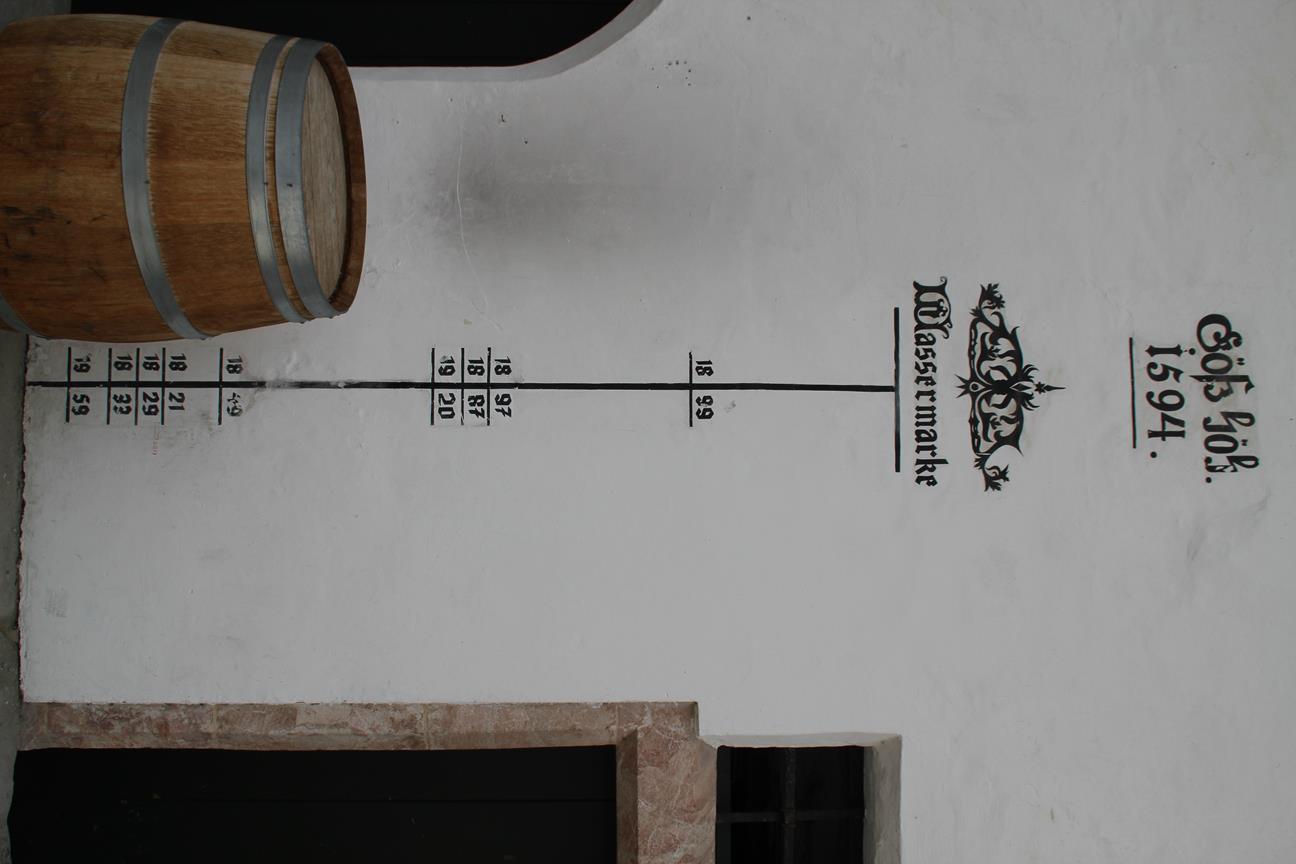
As we only spent an afternoon in the town, I can hardly write more about it, but hope the pictures show you some of its beauty.
Traunkirchen
We also spent a little time in the village of Traunkirchen. We walked to the Johannesberg Chapel, went to the Fischerkanzel and took a walk through the community.
The Johannesbergkapelle
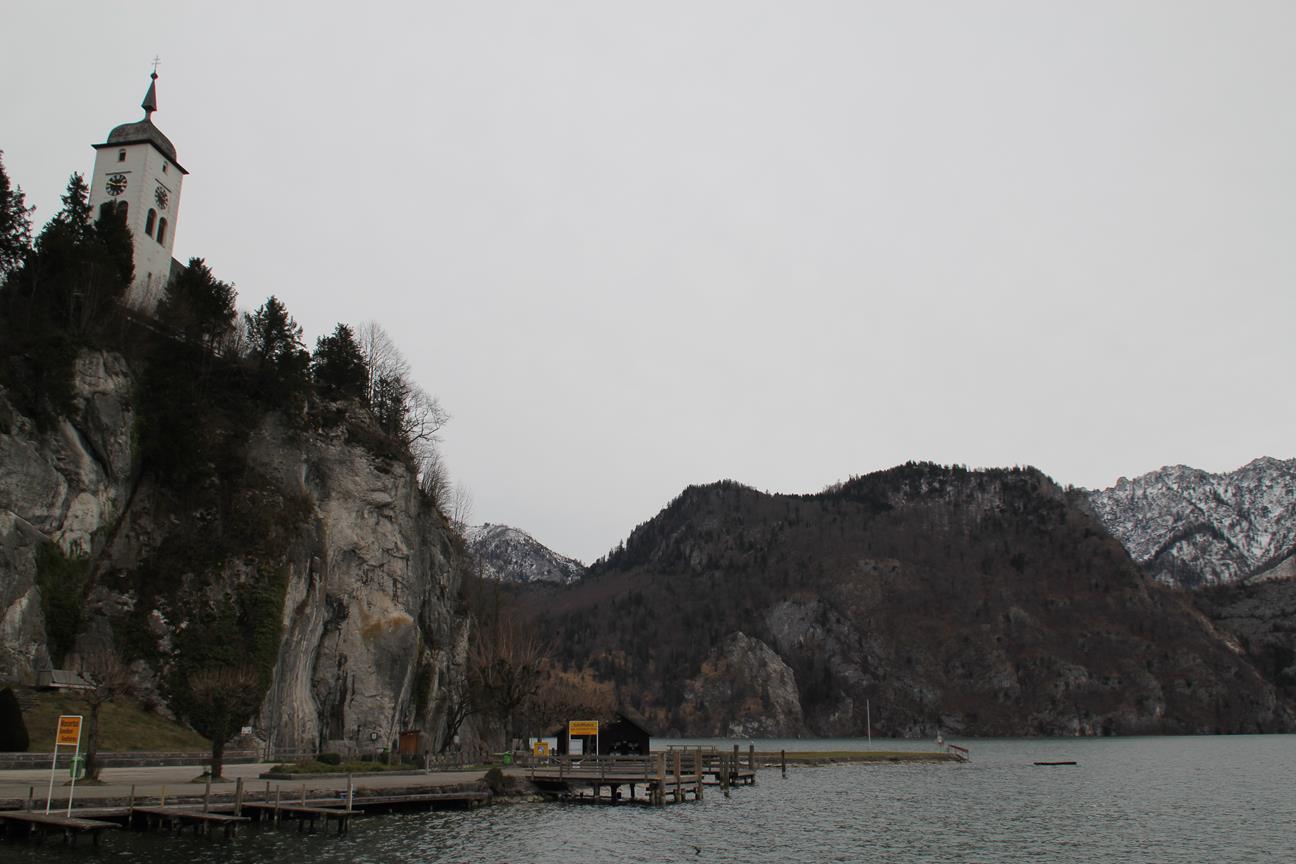
A squirrel
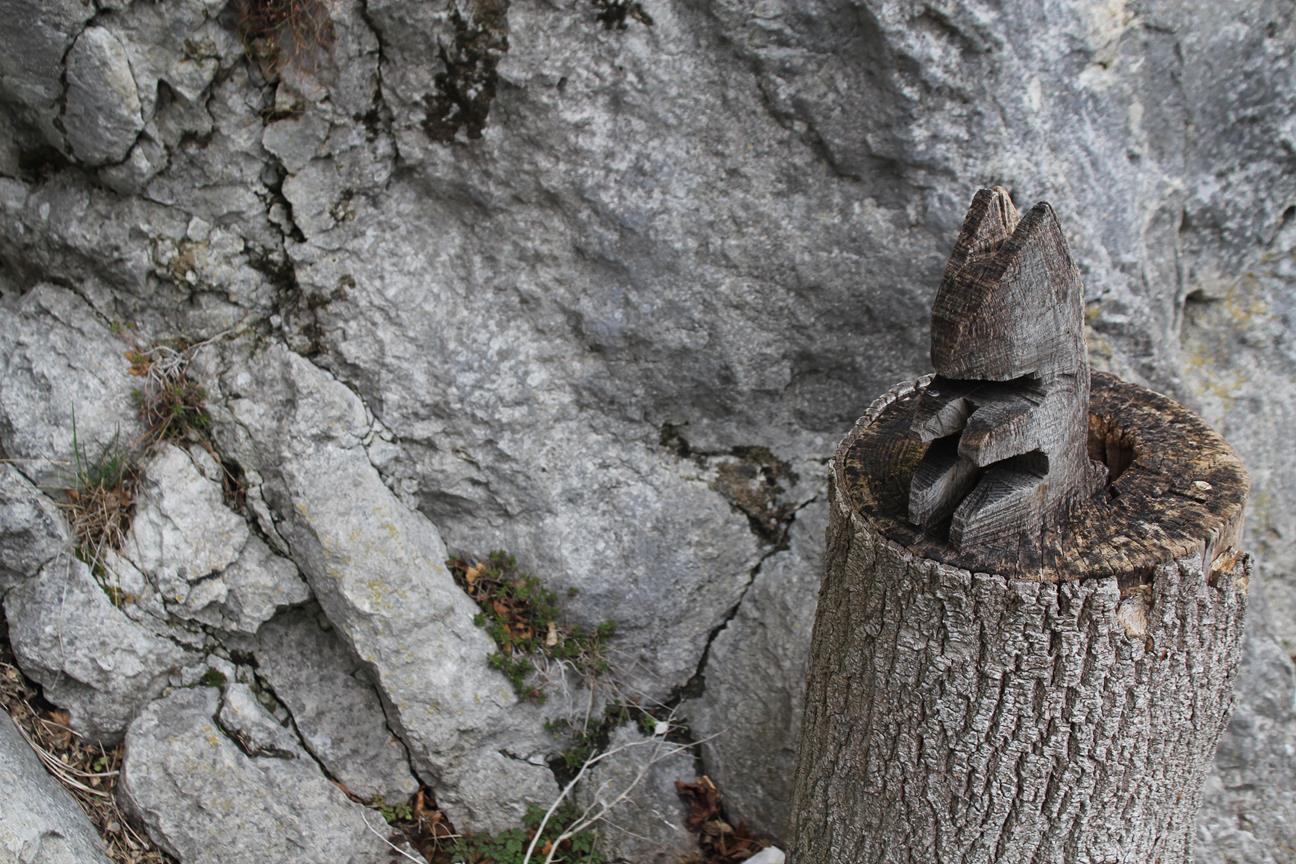
Tes
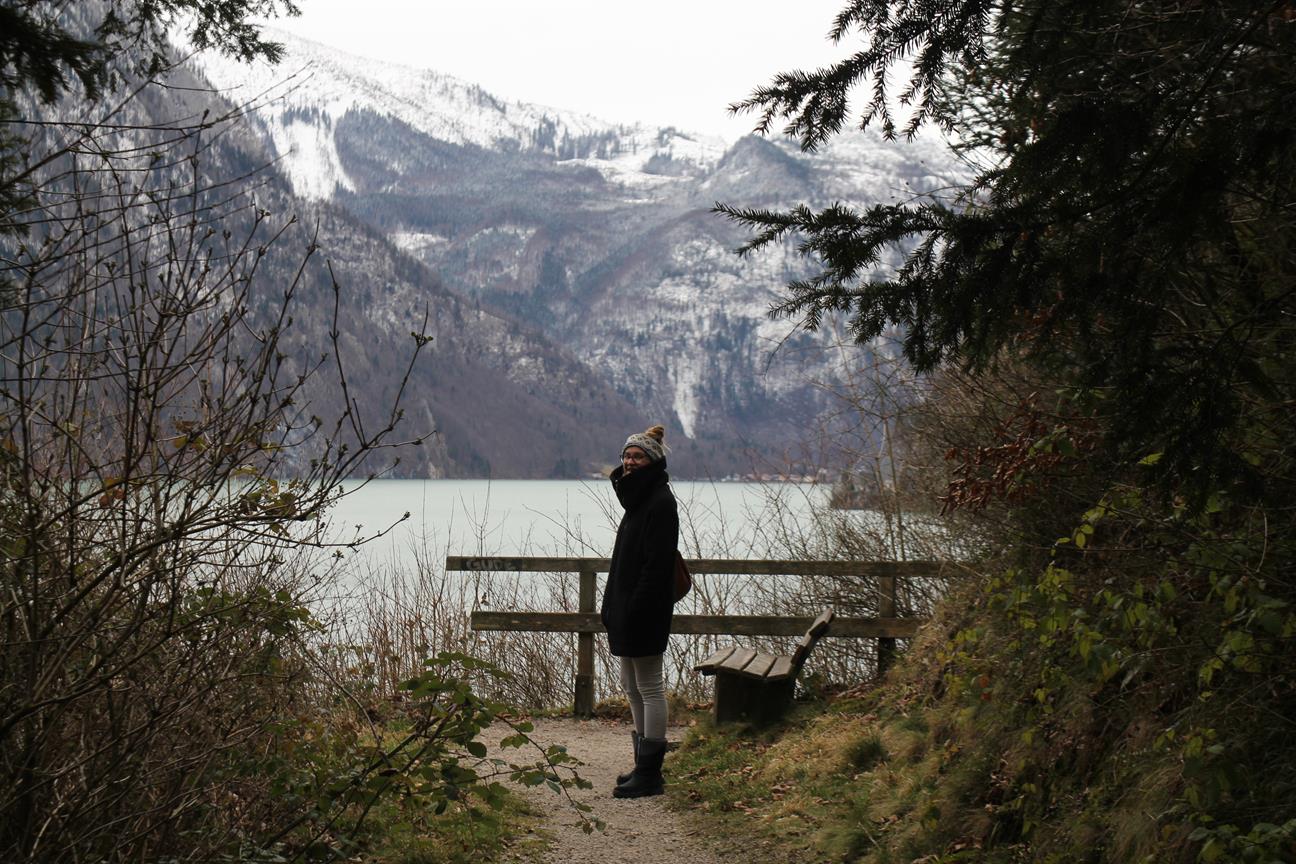
Whoever produces such stickers: keep going!
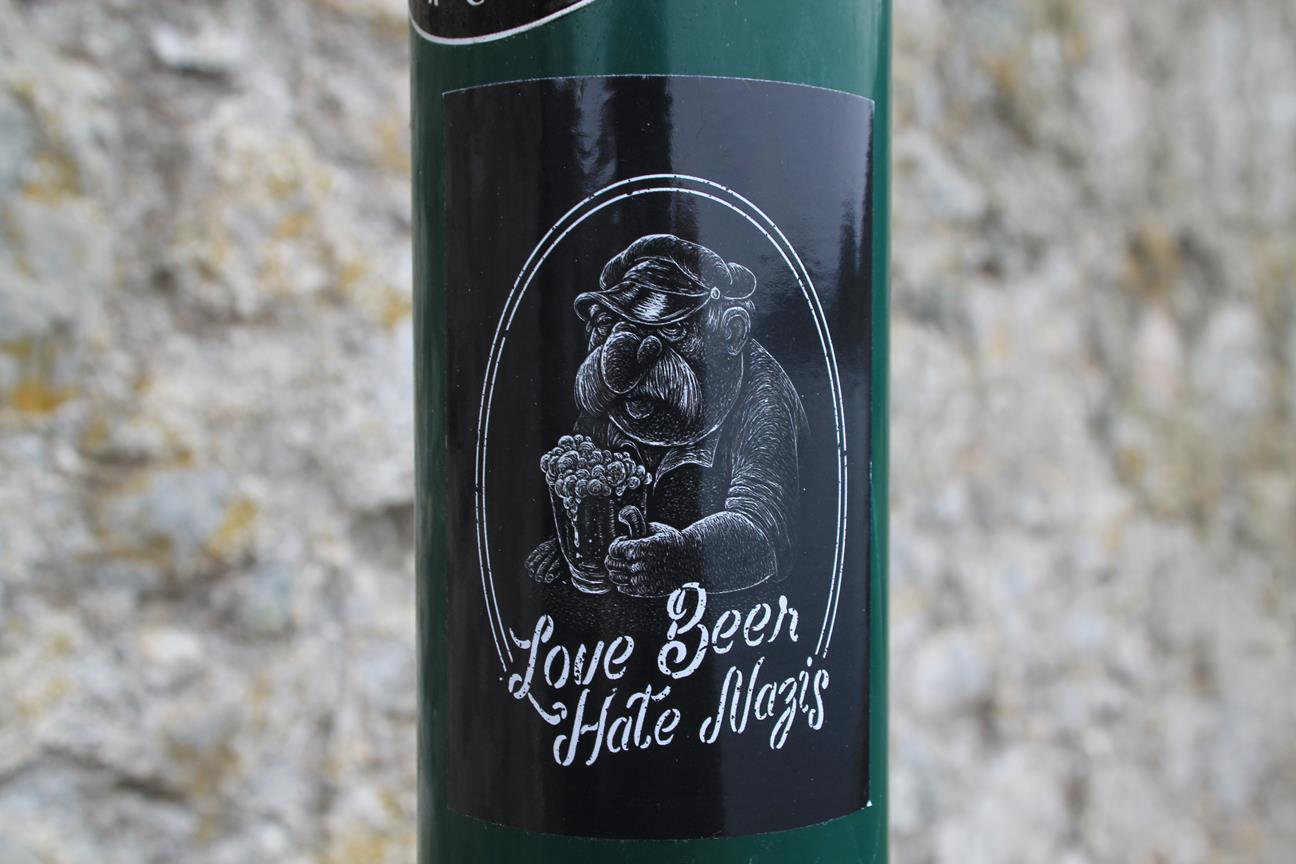
In the fisherman’s pulpit – Fischerkanzel
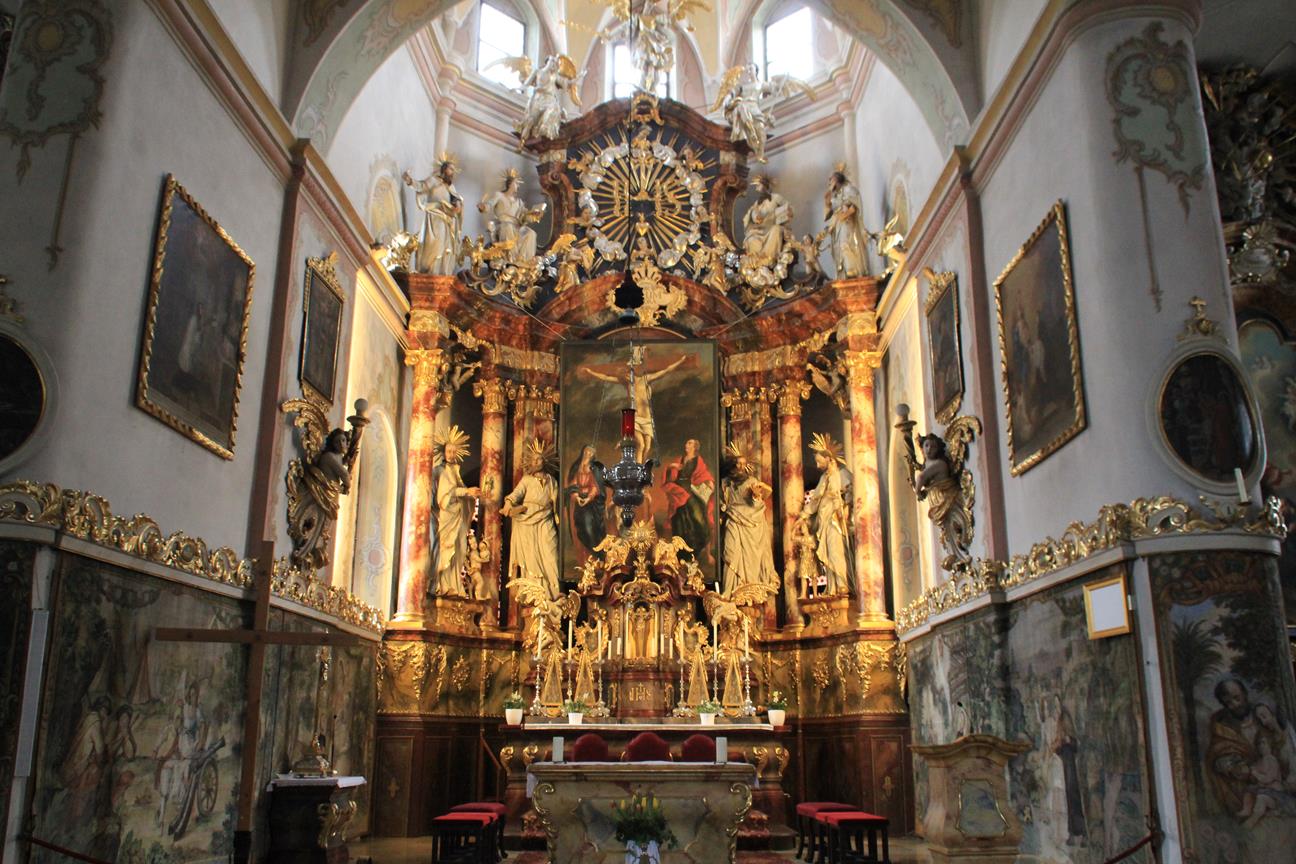
Flood marking at the fisherman’s pulpit
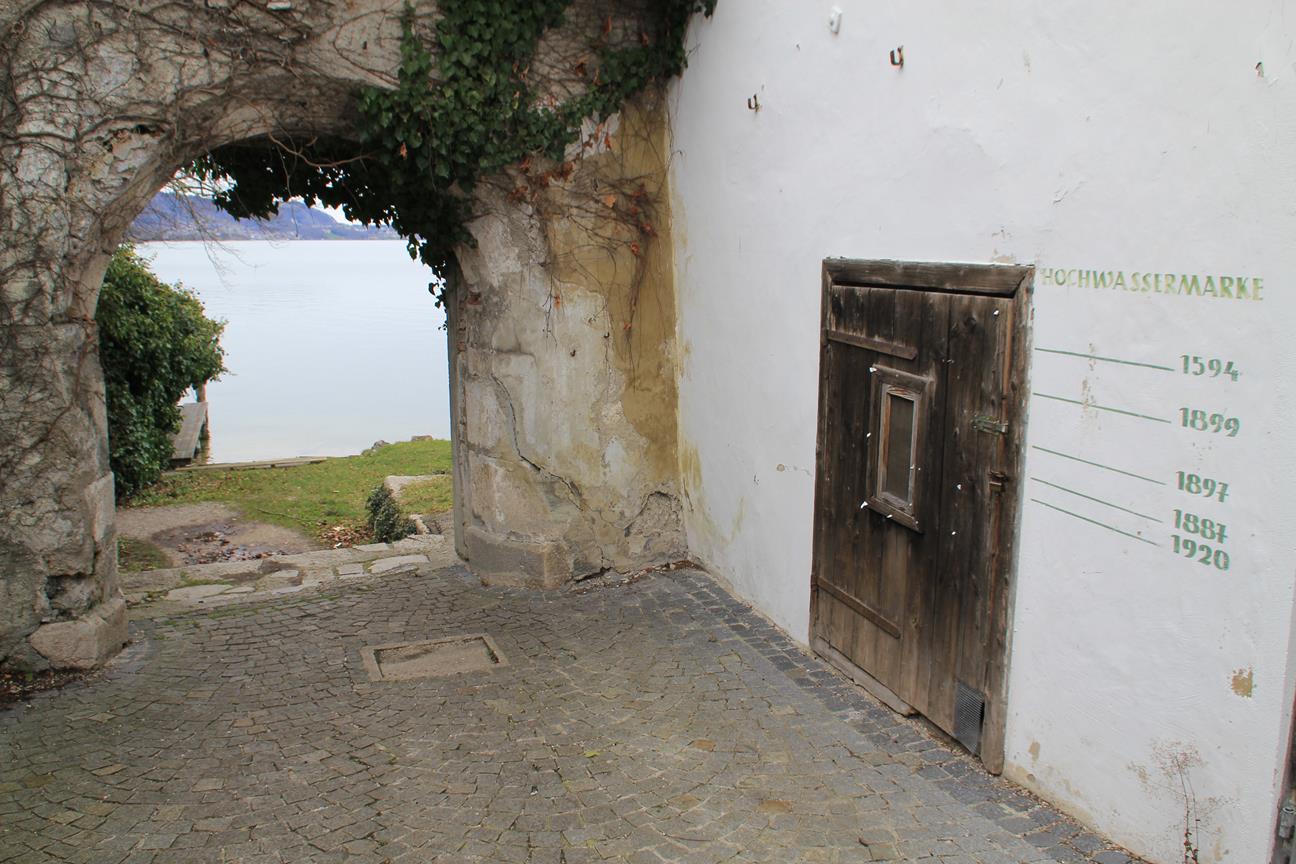
The Fisherman’s Pulpit Cemetery – final rest with a view
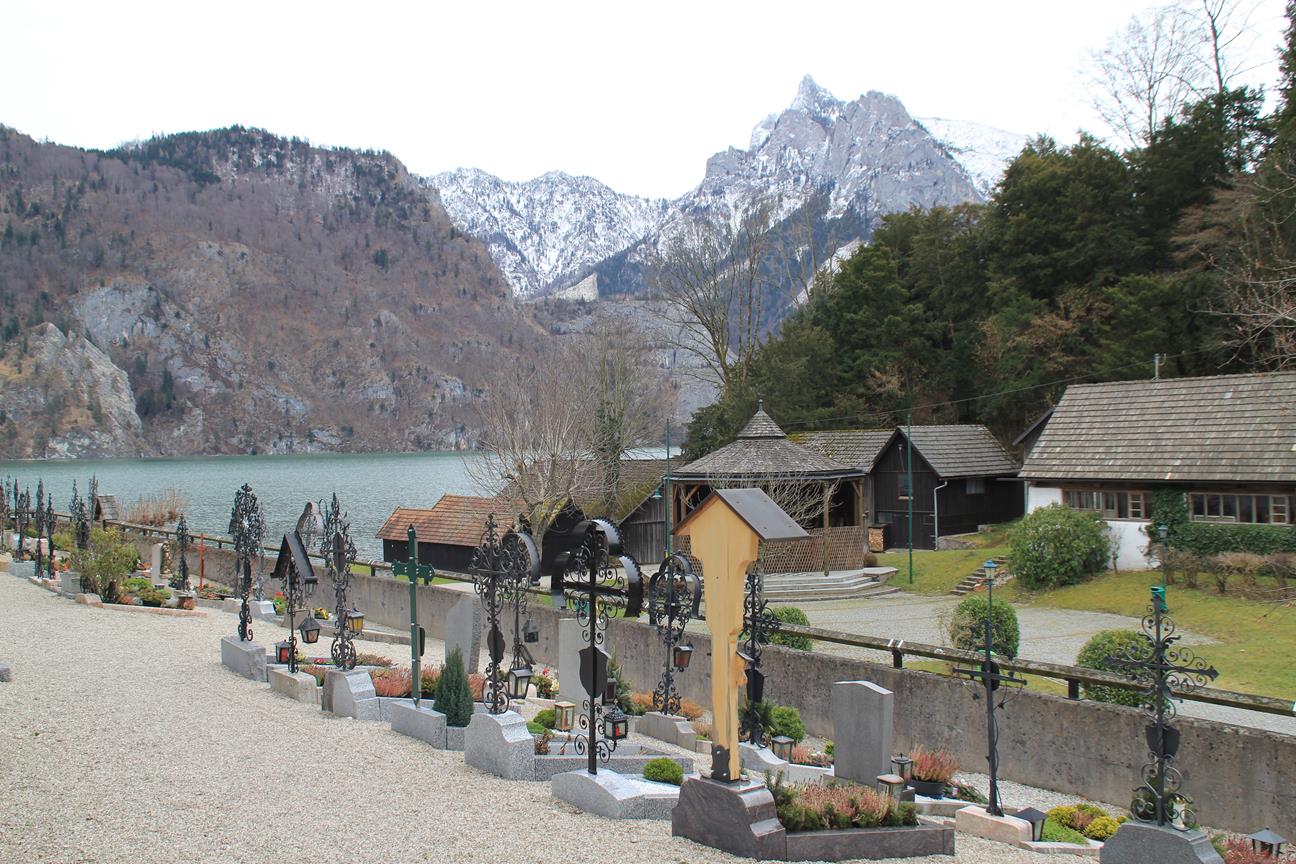
The next post is about Hallstatt. The place is flooded with Asian tourists outside the pandemic, but we had a pleasant visit. Check also the posts I wrote about Linz and St. Wolfgang out!
C-L

